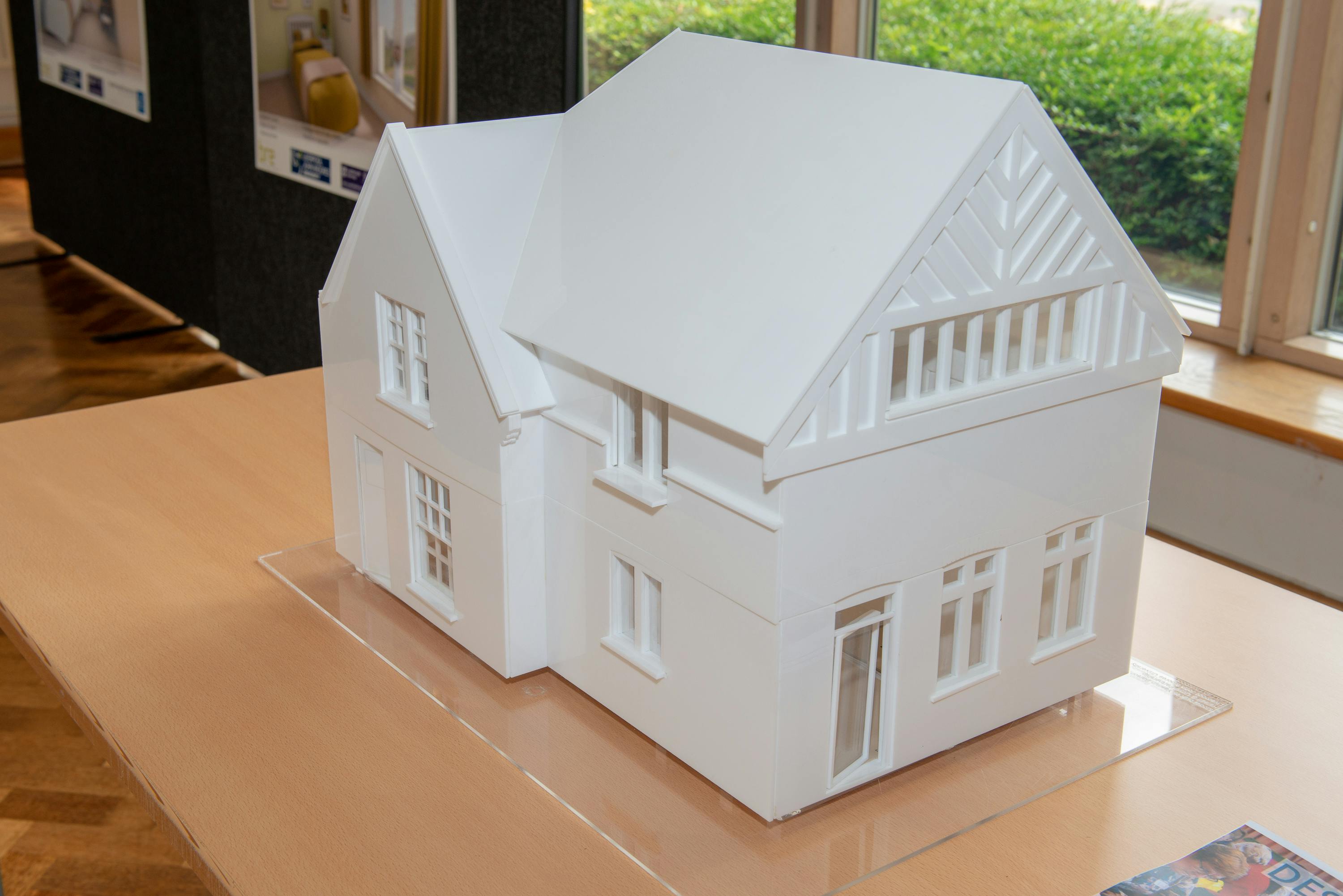The challenge
In the UK, an estimated 850,000 people suffer from dementia, which is predicted to increase to a million people by 2025.
Between 70-80% of people with dementia in the UK live in their own homes rather than in any specialised form of housing. The Government has stated that by 2020 it wants to see an increase in the numbers of people with dementia being able to live at home. A YouGov poll for the Alzheimer’s Society found that 85% of people would want to stay at home if diagnosed with dementia, rather than go into a care or nursing home.
The APPG on Housing and Care for Older People have found that the current housing supply is unable to adequately meet the needs of an ageing population and that unsuitable housing is often a reason for older people being admitted to residential care or hospital. However, in the long-term the care home sector will not be able to provide enough housing for the growing population of people with dementia. A 2017 report by AMA found that by 2022, demand for care home places is expected to far exceed bed spaces available. It is therefore important that homes are built or adapted carefully so to be suitable for people with dementia.
The solution
There is a growing understanding that noise has a negative impact on people’s health and wellbeing. A World Health Organisation study found that at least a million healthy life years are lost every year in Western Europe as result of exposure to environmental noise.
In general, noise has an increased impact on older people. Studies have found that long-term exposure to road traffic noise is associated with an increased risk in cardiovascular disease for all people, and particularly strokes in the elderly population. One group of predominantly older people particularly affected by noise are those with dementia.
The Social Care Institute for Excellence stresses that the benefits of silence to those with dementia is underestimated and recommends that noise reduction should be considered as part of the overall design of a care home or hospital, or a person’s own home.
Academic studies have shown that high noise levels can be problematic for people with dementia, resulting in sleep deprivation, agitation, confusion and fear.
The Department of Health’s Health Building Note 08-02: Dementia-friendly Health and Social Care Environments sets out the importance of acoustic design in designing for people with dementia suggesting the use of sound proof walls and acoustic tiles, along with measures such as quest rooms, sound effects and careful layout design.
The result
The BRE Dementia Home has been adapted to manage internal and external noise and create a more peaceful environment for occupants.
Noise reduction adaptations include ROCKWOOL sound insulation installed on the building walls, roof and between the floors, a flexible space on the ground floor that can be used as a quiet room, and built-in cupboards to accommodate the washing machine to reduce noise disturbance.
These measures combined will help manage the acoustics within the property to reduce the impacts, including confusion, stress and sleep deprivation, of unwanted noise on people living with dementia.

